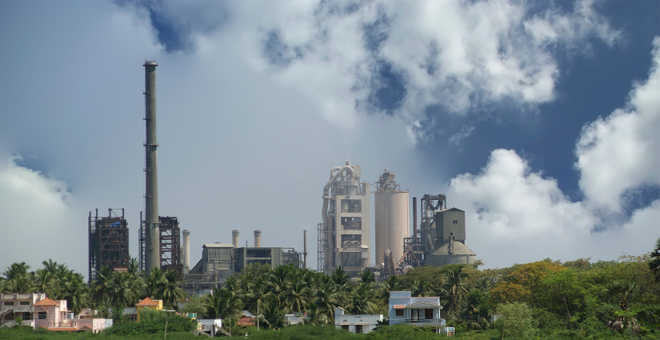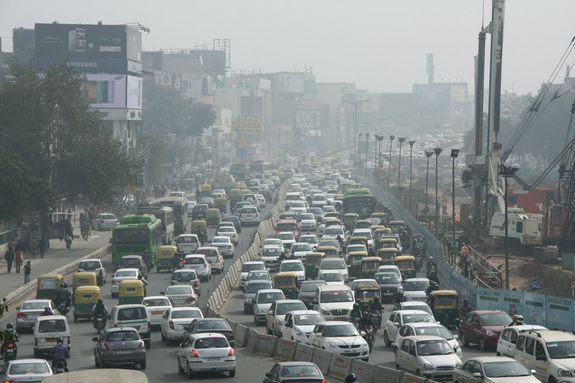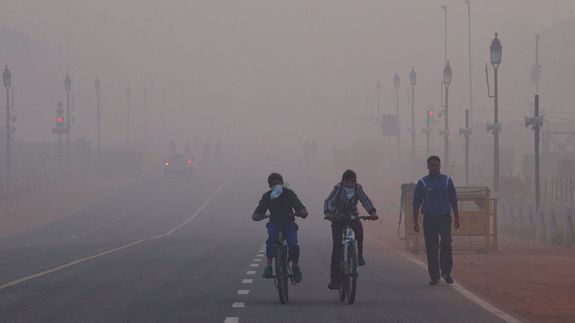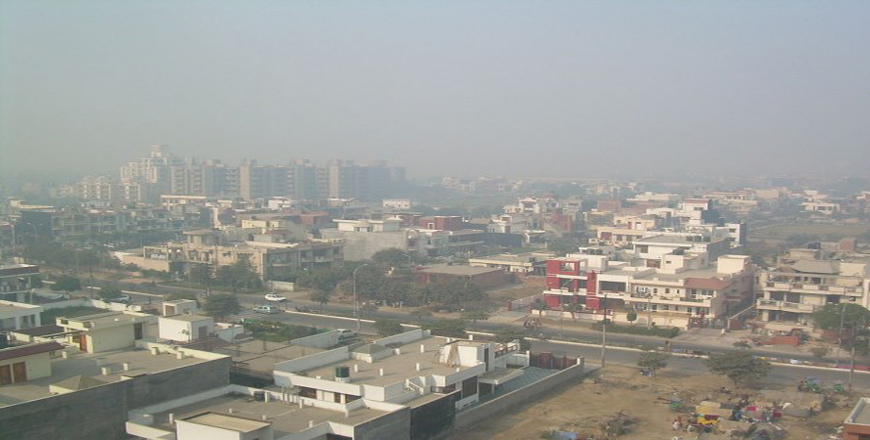Of the two billion children in the world who live in areas with toxic air levels, about a third of them live in north India and neighbouring countries. A majority of those children, the number was pegged at 220 million, live in South Asia alone.
According to the Unicef report, earlier studies have indicated a relation with high air pollution and miscarriage, low birth rate, and children’s cognitive function.

The high level of pollution in New Delhi is not a new phenomenon. After the city featured in a list of most polluted cities, the Delhi government had tried to contain the damage last December by starting the odd-even scheme.
Pollution levels are especially higher in the winters in the city due to weak winds and moisture.
And, 300 million are living in areas with pollution levels more than six times the safe level set by the World Health Organisation, according to a Unicef report.The risk of living in areas with high pollution levels range from damage to lungs to brains and other organs.

The report comes after Diwali celebrations in India, which spiked air pollution levels to 14 times the safe level in the national capital.
Particulate Matter 2.5 (PM 2.5) was recorded at 14 times the normal level on the morning after Diwali celebrations in New Delhi. Other cities, including Bengaluru, Lucknow, Mumbai, also recorded high PM 2.5 levels.

“Children are uniquely vulnerable because their lungs are still developing,” said Nicholas Rees, the author of the report. “Early exposure to toxic air has lifelong consequences for them,” he added.
High levels of PM 2.5 put people at risk of cardiac arrest, stroke and severe respiratory problems, like asthma and pneumonia. The particle is very fine and can enter the lungs. They can be found in industrial and fossil fuel release.














